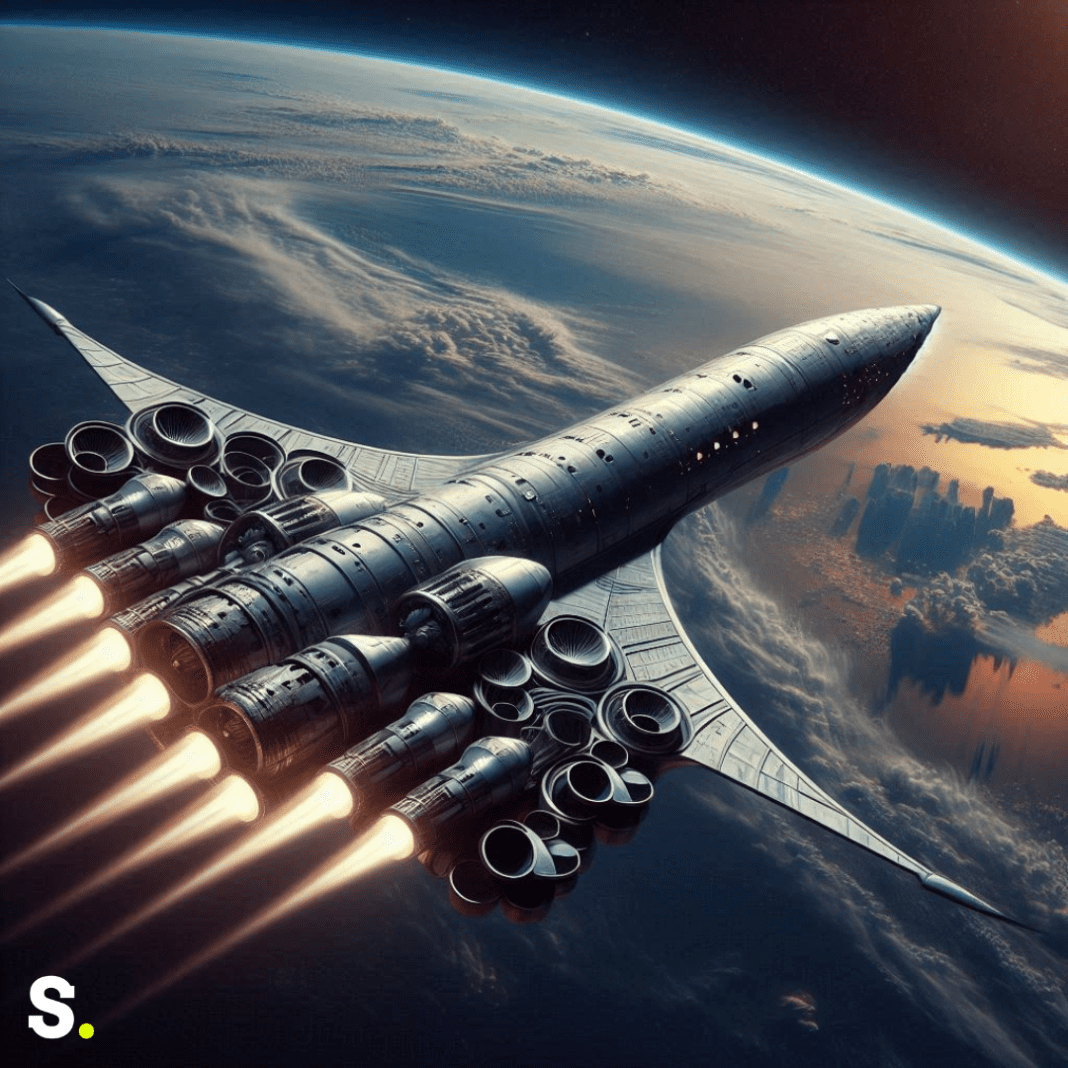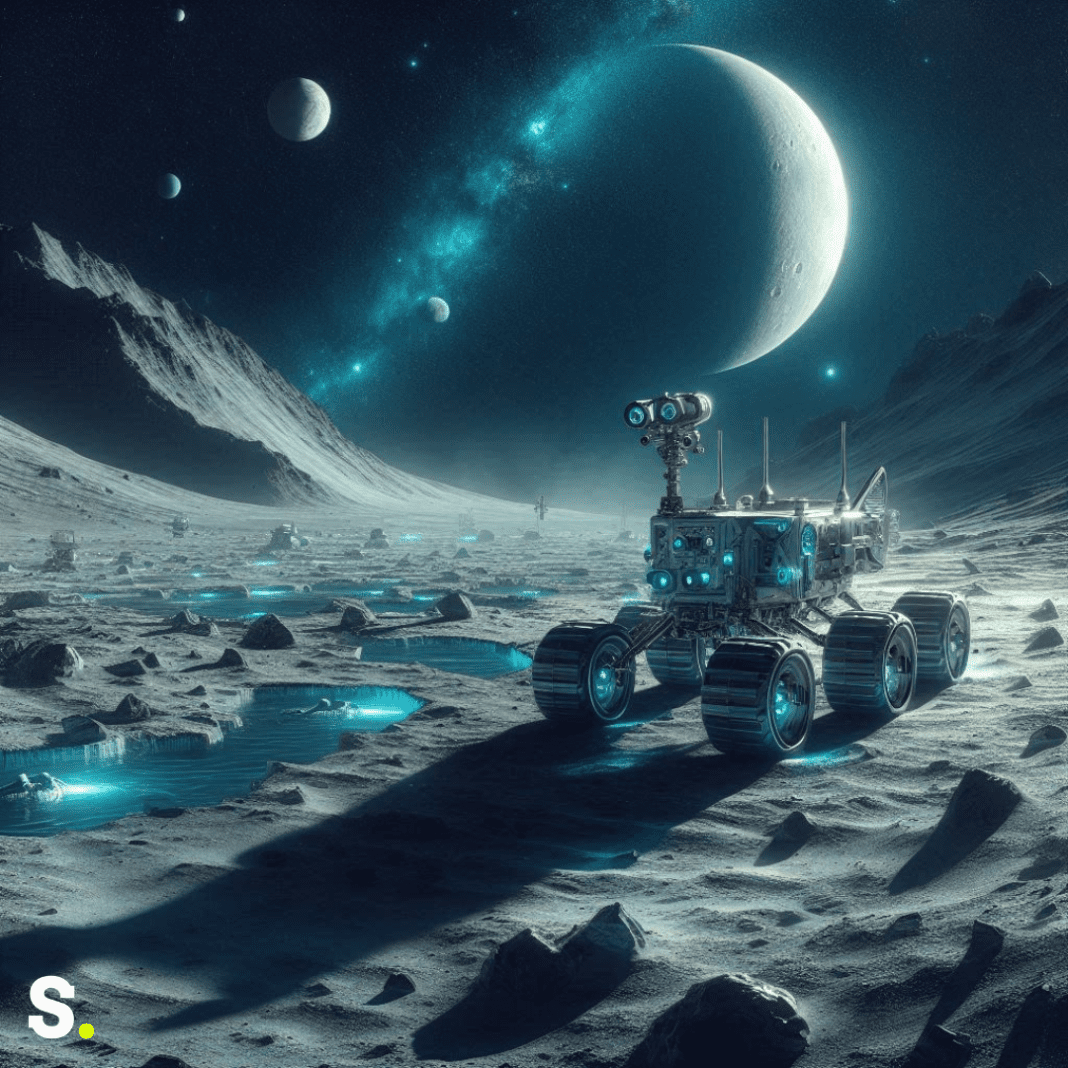**Dragon spaceships** have been crucial in maintaining the International Space Station (ISS) as a home in space for astronauts from all around the world for over two decades. This incredible scientific laboratory has hosted countless experiments, provided stunning views of Earth, and been a symbol of international cooperation. But now, it’s time to say goodbye. NASA intends to retire the International Space Station (ISS), and they have enlisted Elon Musk’s SpaceX and its Dragon spaceships to assist them with this difficult undertaking. In June, NASA agreed to pay SpaceX up to $843 million to handle the job of decommissioning the ISS. On a recent Wednesday, NASA and SpaceX shared more details about this ambitious plan involving the Dragon spaceships.
Building a Superpowered Dragon Spaceship
SpaceX is known for its Dragon spaceships, which currently shuttle NASA astronauts and cargo to and from the ISS. These spaceships are strong, but the ISS is massive, weighing about 925,000 pounds. To safely bring the ISS down, SpaceX needs a spaceship with extra power. This is why they are planning to supercharge one of their Cargo Dragons.
A regular Cargo Dragon is powerful, but the new version will be even more so. SpaceX plans to add a new high-powered trunk and boost it with 46 Draco engines, which is 30 more engines than usual. As a result, the “deorbit vehicle,” the new spacecraft, is roughly twice as long as a standard Dragon ship. It will also have six times as much fuel, allowing it to produce four times the power.
This new Dragon spaceship will be a marvel of engineering. The extra length and increased engine count mean it will have significantly more thrust and control, essential for handling the complex mission ahead. This level of power is necessary to ensure the massive ISS can be safely guided down to its final resting place.
The Complex Task of Deorbiting the ISS
The mission’s most complicated part will be the final burn, which is a powerful push that will set the ISS on a course to its final descent. The challenge is to ensure this burn is strong enough to move the entire space station while managing the forces and torques caused by the increasing atmospheric drag as the ISS gets closer to Earth. The goal is to make sure the ISS ends up in a safe location in the ocean, far from any land or people.
The exact spot where the ISS will crash has not been chosen yet, but NASA is looking at a remote part of the ocean, like the South Pacific. NASA wants to make absolutely sure that the massive spacecraft, which is as big as a football field, lands only in the open ocean, where it won’t pose any risk to people or land.
The ISS’s final journey will be carefully monitored. As it re-enters Earth’s atmosphere, parts of it will burn up due to the intense heat from re-entry. However, some larger pieces are expected to survive and reach the ocean. This is why it’s crucial to target a remote and uninhabited area for the crash.
A Space Exploration Era Comes to an End
For SpaceX, this mission is not just a job but an honor. Sarah Walker, SpaceX’s director of Dragon mission management, shared her excitement about being part of this historic mission. The first commercial spaceship to dock with the International Space Station was Dragon in 2012. Now, if everything goes according to plan, it will also be the last vehicle to ever dock with the station.
NASA had considered other options for this challenging task, like using three Russian Progress spacecraft. However, these weren’t enough for the ISS’s enormous size. NASA’s Dana Weigel, who manages the ISS program, explained that the decision to go with SpaceX’s powerful solution was the best choice.
NASA and Russia’s space agency, Roscosmos, plan to keep using the ISS until 2030. After that, both agencies will move on to new space stations. NASA’s future vision includes working with private space stations, where they hope to be just one of many customers.
This mission is significant for SpaceX as it underscores their role in the evolution of space technology. Over the years, SpaceX has made remarkable strides, from launching reusable rockets to planning missions to Mars. Being trusted with the decommissioning of the ISS is a testament to their capabilities and reliability in space missions.
In the meantime, the focus is on safely bringing the ISS back to Earth. The partnership between NASA and SpaceX highlights the incredible advancements in space technology and the continued collaboration between government and private space enterprises. While the end of the ISS marks the conclusion of a significant chapter in space exploration, it also opens the door for new and exciting possibilities in the future of space travel. This mission will be a landmark in space history, demonstrating the seamless handover from government-led space missions to commercial spaceflight initiatives.




